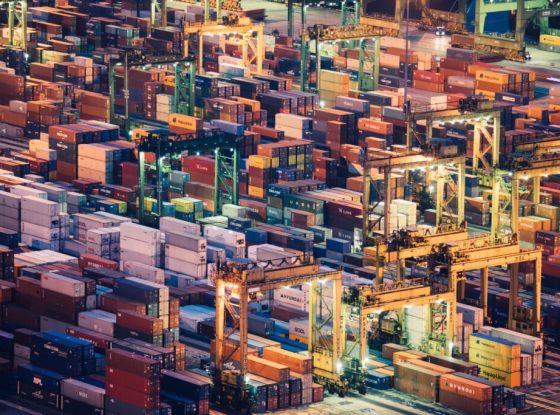Unlocking the Potential: Advancements in Dual-Ion Batteries

Dual-ion batteries have been at the forefront of energy storage innovation, offering accelerated charging times and higher energy density when compared to conventional lithium-ion batteries. While these batteries still rely on lithium, their unique chemistry incorporates carbon-based graphite, reducing the need for precious metals. However, there have been challenges to overcome in order to fully harness their potential.
One of the key obstacles researchers have faced is addressing the expansion and contraction of graphite during the charge and discharge cycles, which can potentially disrupt the battery structure. Additionally, the binders used in traditional lithium-ion batteries have proven to be ineffective for dual-ion batteries.
In a breakthrough discovery, a team of Korean researchers has developed a promising binder solution to tackle these challenges. Their innovative recipe involves combining azide, a nitrogen-based compound, with acrylate, a carbon-based compound, to create a polymer binder. This binder successfully maintains the stability of the graphite, even during expansion and contraction.
What sets this binder apart is not only its effectiveness but also its simplicity of incorporation. With just an hour of reaction time, it can be seamlessly integrated into the battery manufacturing process. The team conducted extensive testing, subjecting the dual-ion batteries with the new binder to over 3,500 discharges and recharges. Remarkably, the batteries retained over 88% of their capacity and were able to recharge to this level within a mere two minutes.
Professor Soojin Park, the team leader from the Pohang University of Science and Technology, emphasizes the cost-effectiveness of dual-ion batteries and highlights their potential to utilize Earth’s abundant graphite resources. This research breakthrough is expected to pave the way for further exploration and widespread adoption of dual-ion batteries. Beyond electric vehicles, the applications of these batteries may extend to various other energy-intensive industries.
The team’s findings have been published in the renowned scientific journal, Advanced Materials, solidifying their contribution to the ever-evolving energy storage landscape. If you are interested in staying updated with the latest developments in the energy industry and the technology that propels it, we invite you to subscribe to our email newsletter, Energise. Stay informed and be part of the transformation towards a sustainable future.
FAQ:
Q: What are dual-ion batteries?
A: Dual-ion batteries are a type of energy storage technology that offer faster charging times and higher energy density compared to traditional lithium-ion batteries. They use a unique chemistry that incorporates carbon-based graphite, reducing the need for precious metals.
Q: What challenges have researchers faced with dual-ion batteries?
A: One of the main challenges has been addressing the expansion and contraction of graphite during the charge and discharge cycles, which can disrupt the battery structure. Additionally, the binders used in traditional lithium-ion batteries have not been effective for dual-ion batteries.
Q: How have Korean researchers tackled these challenges?
A: A team of Korean researchers has developed a promising binder solution by combining azide, a nitrogen-based compound, with acrylate, a carbon-based compound, to create a polymer binder. This binder successfully maintains the stability of the graphite, even during expansion and contraction.
Q: What is notable about this binder solution?
A: The binder solution is not only effective, but it is also simple to incorporate into the battery manufacturing process, requiring just an hour of reaction time. The dual-ion batteries with this binder retained over 88% of their capacity after over 3,500 discharges and recharges, and they were able to recharge to this level within two minutes.
Q: What are the potential applications for dual-ion batteries?
A: Dual-ion batteries have the potential to be used in electric vehicles and various other energy-intensive industries. They are cost-effective and can utilize Earth’s abundant graphite resources.
Key Terms and Jargon:
– Dual-ion batteries: Energy storage technology that offers faster charging times and higher energy density compared to traditional lithium-ion batteries.
– Graphite: Carbon-based material used in the chemistry of dual-ion batteries.
– Binder: Material used to maintain the stability of the battery structure.
– Polymer: A large molecule made up of repeating subunits. In this context, the binder is a polymer.
Source : ts2.space



